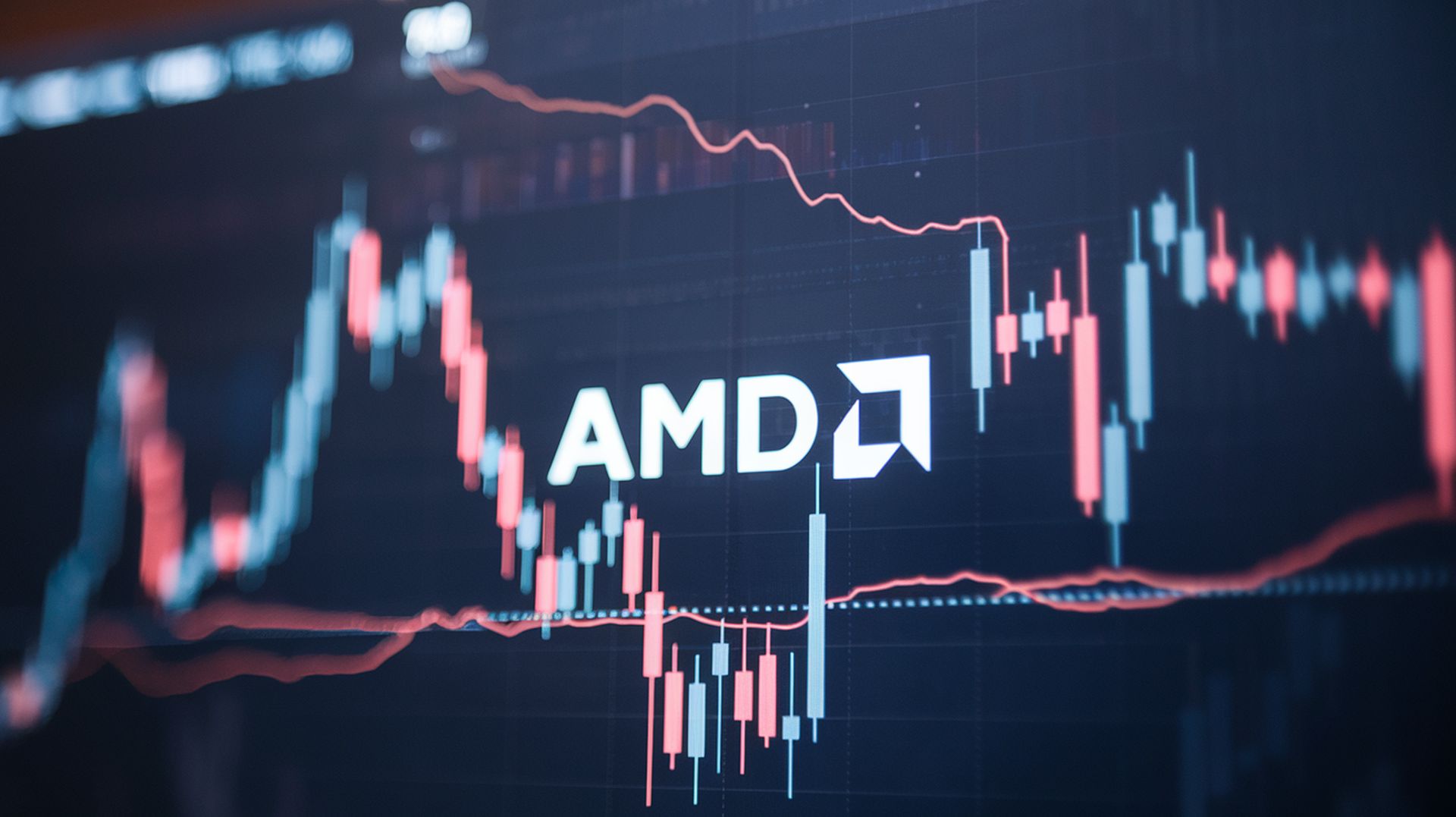and the distribution of digital products.
DM Television
AMD fell 19% this year: Here’s why it could be a buy

Advanced Micro Devices (AMD) has seen a 19% decline in stock value over the past year, despite a broader market surge with the S&P 500 and Nasdaq Composite rising by 24% and 30%, respectively. The decline sharply contrasts with competitor Nvidia, which experienced a 172% increase. AMD’s third-quarter financial results indicate mixed performance across sectors, reporting revenue of $6.8 billion, an 18% increase year over year. However, a dramatic 69% drop in the gaming division and a 25% decline in the embedded sector raise questions about its overall health. In contrast, growth in client and data center segments at 29% and 122%, respectively, offers a more nuanced picture of AMD’s potential.
AMD faces stock decline despite data center growth potentialAMD’s significant growth in the data center segment is noteworthy, illustrated by a 122% rise. This expansion is driven by strategic partnerships with major tech companies like Microsoft and Meta Platforms, which have adopted AMD’s MI300 accelerators within their infrastructure. These moves mark AMD’s entry into a segment where it traditionally faced stiff competition from Nvidia. As AMD plans to roll out new GPUs through 2026, it aims to carve out a stronger foothold against Nvidia, whose dominance in the GPU market has hampered AMD’s growth.
Analysts suggest that the shift in market dynamics, particularly in data centers, may alter the competitive landscape. AMD’s increasing share of high-performance computing reflects a broader trend wherein companies seek diversified technology solutions rather than relying solely on established players. Future developments in AMD’s product offerings are anticipated to further challenge Nvidia’s position.
AMD stock shoots up 5.7%: Here’s what is fueling it
Valuation metrics reveal potential undervaluationThe financial metrics associated with AMD indicate potential undervaluation in the current market. With a PEG ratio of 0.31, significantly lower than industry averages, AMD may represent an attractive investment opportunity. This suggests that the company is currently undervalued in light of its expected earnings growth. Additionally, the company’s forward price-to-earnings ratio aligns approximately with the S&P 500, implying a discrepancy in market perception of AMD’s growth potential.
Despite ongoing challenges, such as a steep decline in gaming revenue, AMD’s overarching growth prospects in the data center space suggest a longer-term bullish outlook. Market sentiment appears skeptical, but the metrics underscore that AMD has room for recovery and growth. Understanding these dynamics could be critical for investors considering AMD at its current price points.
Challenges in the gaming and embedded sectorsAMD’s performance in the gaming sector poses ongoing concerns, with the division experiencing a 69% drop in revenue year over year. This downturn reflects a broader uncertainty in consumer spending and market trends related to gaming. The embedded segment’s 25% decline compounds AMD’s challenges, necessitating a robust strategy to stabilize these areas. High volatility in these sectors could inhibit revenue growth, potentially impacting investor confidence further.
Nonetheless, AMD’s strategic focus on high-growth areas, particularly data centers, could mitigate risks associated with its weaker divisions. Sustained efforts to innovate and adapt to market demands are essential for capitalizing on emerging opportunities in technology sectors increasingly focused on energy efficiency and sustainable solutions. AMD’s commitment to innovation and partnerships will be pivotal as it navigates these challenges.
Current developments surrounding AMD illustrate a mixed narrative, with certain sectors performing well while others struggle. Despite the setbacks, the company’s emphasis on advancing its data center capabilities, aided by partnerships with industry leaders, establishes a foundation for potential recovery and growth.
AMD is leveraging its 122% growth in data center revenue to challenge Nvidia in AI and high-performance computing. Partnerships with Microsoft and Meta show AMD is serious about taking market share, positioning itself as a real competitor in a booming sector. If it continues this momentum, its data center business could redefine AMD’s future.
However, a 69% drop in gaming revenue is a clear red flag. AMD needs to stabilize this segment fast while doubling down on its data center gains. For investors, this is a big moment—AMD’s ability to execute in high-growth areas while addressing weak spots will determine if it rebounds or continues to slide.
Disclaimer: The content of this article is for informational purposes only and should not be construed as investment advice. We do not endorse any specific investment strategies or make recommendations regarding the purchase or sale of any securities.
Featured image credit: Kerem Gülen/Ideogram
- Home
- About Us
- Write For Us / Submit Content
- Advertising And Affiliates
- Feeds And Syndication
- Contact Us
- Login
- Privacy
All Rights Reserved. Copyright , Central Coast Communications, Inc.